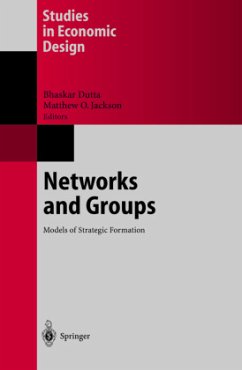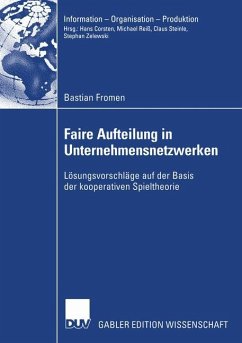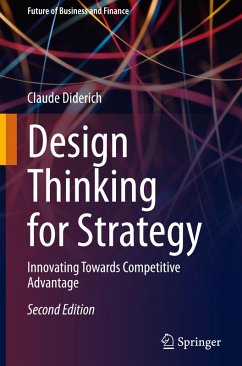
Descriptive Theories of Bargaining
An Experimental Analysis of Two- and Three-Person Characteristic Function Bargaining

PAYBACK Punkte
20 °P sammeln!
This book deals with two- and three-person bargaining games in characteristic function form and presents two new descriptive theories, the Negotiation Agreement Area and the Proportional Division Payoff Bounds (PDPB). The evaluation of data for two-person games leads to a new descriptive theory called Negotiation Agreement Area which combines the influence of power and justice norms. The main emphasis of the book is on a new descriptive theory for three-person games, the PDPB. Comparison with other theories on the basis of 3088 plays of different games shows that the PDPB are significantly more successful in prediction than other theories. The PDPB concept is a modification and extension of Selten's Equal Division Payoff Bounds. The determination of the bounds is based on general principles and not on the estimation of parameters. From aspiration levels which depend on power, justice norms, and other reasonable principles the negotiation process leads to a proportional division of the prize.
The aim of this book is the presentation of two new descriptive theories for experimental bargaining games and a comparison with other descriptive and normative theories. To obtain data it was necessary to develop two sets of computer programs for computer controlled ex periments. Moreover, data obtained by other researchers, which are available to us will be included in this study. The use of laboratory experiments in economics was introduced by THURSTONE [1931] in the field of utility theory. CHAMBERLIN [1948] was the first person to establish an expe rimental market for the purpose of testing a theory. The first experiment on characteristic function games was done by KALISH, MILNOR, NASH, and NERING [1954]. Today the use of experiments in controlled laboratory settings has become widespread. Earlier, economists went into the field to observe phenomena as the behavior of individuals, corporations and nations in action, then they formulated theories to explain what they saw. Butunlike natural scientists, economists have not been able to test their theories under controlled conditions. Now experimental economists are able to replicate their results. Replication is very proble matic for field studies, because rarely the same conditions can be established again. Moreover, experimenters are able to test theories for situations described by simplified models which are not observable in the real world.














